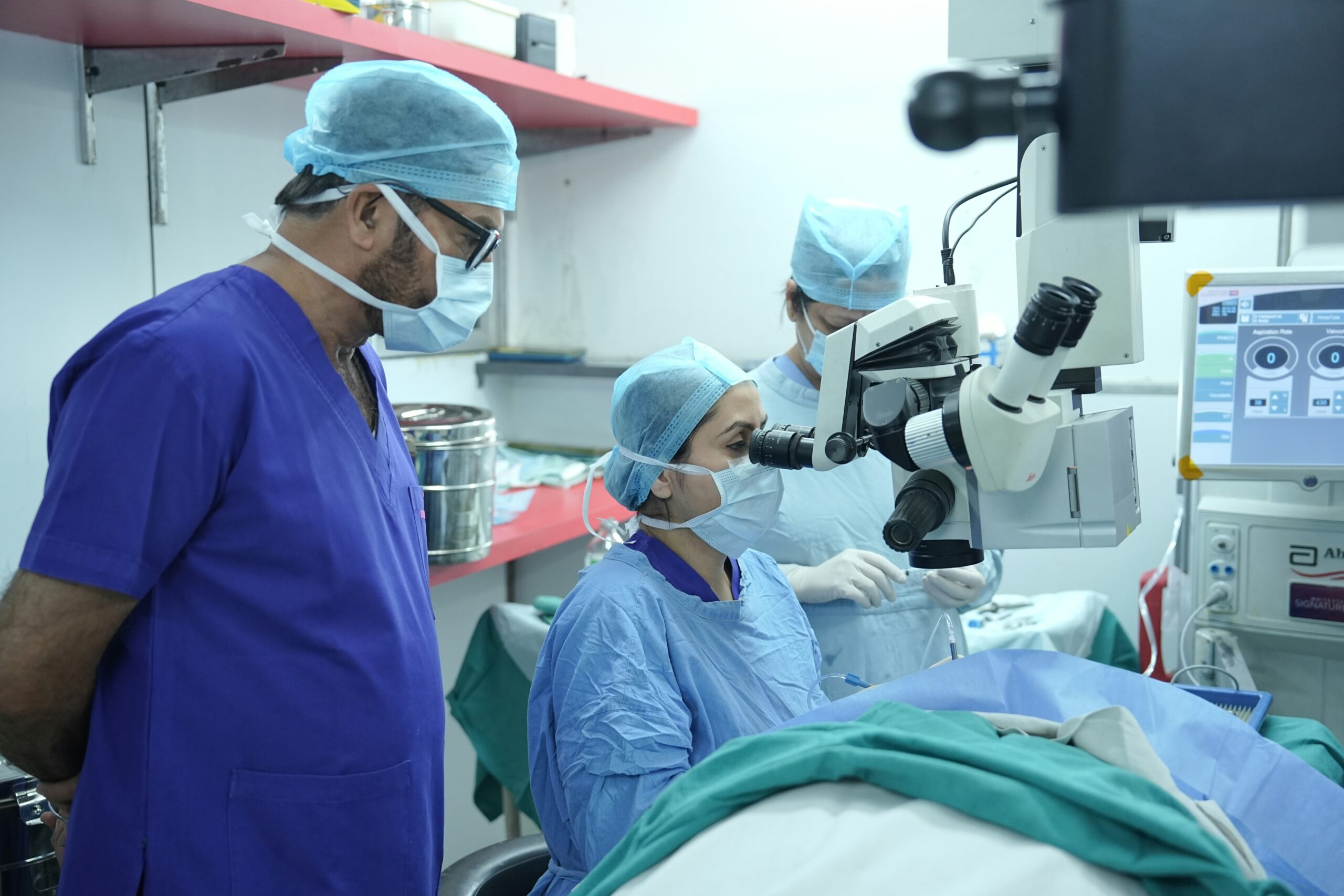
Glaucoma, often referred to as the “silent thief of sight,” remains a leading cause of irreversible blindness worldwide. This complex condition gradually damages the optic nerve, frequently due to elevated intraocular pressure. While traditional surgeries have long been the cornerstone of treatment, the last decade has witnessed a new era in glaucoma care. Driven by technology, innovation, and patient-centered design, modern surgical techniques now offer improved outcomes with fewer risks. These breakthroughs are not only saving vision but also redefining the future of ophthalmic surgery.
A New Approach to Glaucoma Surgery
For decades, glaucoma surgery focused primarily on lowering intraocular pressure through invasive methods like trabeculectomy and drainage implants. Though effective, these operations often required lengthy recovery periods and carried the possibility of serious complications. The emergence of advanced microsurgical techniques has changed that reality. Surgeons now have access to procedures that combine precision with minimal trauma, reducing surgical risks while maintaining long-term effectiveness. The modern approach to glaucoma surgery emphasizes control, accuracy, and patient comfort, representing a remarkable shift toward gentler yet highly effective interventions.
The Rise of Minimally Invasive Glaucoma Surgery (MIGS)
Among the most transformative innovations in ophthalmology is Minimally Invasive Glaucoma Surgery, or MIGS. Designed to improve drainage of aqueous fluid within the eye, MIGS uses tiny instruments and microscopic implants inserted through small incisions. This method offers a safer, faster alternative to conventional surgery. Unlike older procedures that created new drainage pathways through extensive tissue manipulation, MIGS enhances the eye’s natural outflow systems. Patients benefit from shorter recovery times, minimal scarring, and reduced dependency on glaucoma medications. The simplicity and efficiency of MIGS make it a preferred option for many ophthalmologists and patients alike.
Laser Innovations Enhancing Surgical Precision
Laser technology has also become a cornerstone in glaucoma management. Techniques like Selective Laser Trabeculoplasty (SLT) have gained popularity for their non-invasive approach to lowering intraocular pressure. SLT works by stimulating the eye’s natural drainage tissue without causing permanent damage. Patients experience minimal discomfort, and the procedure can be safely repeated if necessary. Another promising advancement, MicroPulse Laser Therapy, delivers controlled bursts of laser energy that reduce tissue damage while maintaining therapeutic effectiveness. These laser-assisted treatments reflect the growing emphasis on precision and patient safety in modern glaucoma care.
Next-Generation Drainage Devices
Implantable drainage devices have also evolved dramatically. Modern microstents, such as the iStent and Hydrus Microstent, are revolutionizing how fluid exits the eye. These devices are extremely small—often smaller than an eyelash—but deliver powerful results in maintaining pressure control. The Xen Gel Stent, another innovative device, uses a soft, biocompatible material to create a stable drainage pathway. These devices allow surgeons to tailor procedures based on each patient’s condition and needs. The latest designs reduce complications, accelerate recovery, and minimize the need for ongoing medication. Such precision tools are redefining surgical efficiency in glaucoma treatment.
Digital Imaging and Robotic-Assisted Techniques
As technology continues to advance, digital imaging and robotics are transforming surgical precision. High-resolution, real-time imaging systems now allow surgeons to view delicate eye structures during surgery with unmatched clarity. This innovation ensures accurate device placement and optimal results. Robotic-assisted tools add another layer of control, allowing for ultra-fine movements that human hands alone cannot achieve. Together, these technologies reduce variability, improve surgical safety, and set a new standard for accuracy in ophthalmology. In the coming years, their integration will likely become an essential part of every advanced glaucoma surgical suite.
Emerging Frontiers: Regenerative and Genetic Therapies
Beyond mechanical solutions, scientific progress in regenerative medicine and genetics is opening entirely new frontiers in glaucoma care. Researchers are investigating the potential of stem cell therapy to repair or regenerate damaged optic nerve fibers. Similarly, gene-editing technologies like CRISPR show promise in addressing the underlying causes of glaucoma rather than merely managing its symptoms. These approaches represent a paradigm shift—from pressure control toward authentic vision restoration. Though still experimental, they hold the potential to revolutionize treatment and offer hope for patients once considered beyond help.
Patient-Focused Innovations and Long-Term Care
Modern glaucoma surgery extends beyond the operating room. Today’s surgical advancements emphasize patient satisfaction, comfort, and sustainable results. Surgeons are now combining advanced data analytics with artificial intelligence to personalize treatment strategies. Telehealth platforms also play an increasingly important role in monitoring postoperative progress, ensuring continuous follow-up, and detecting complications early. This patient-first philosophy allows for safer procedures and stronger long-term outcomes. The fusion of human expertise and technological innovation ensures that glaucoma care remains both compassionate and cutting-edge.
Looking Ahead: The Future of Glaucoma Surgery
The future of glaucoma surgery lies in integrating technology, biology, and individualized care. As artificial intelligence continues to refine diagnosis and surgical planning, patients will benefit from even more precise interventions. Advances in nanotechnology, imaging, and molecular science will further reduce the invasiveness of procedures. The ultimate goal remains clear: to preserve sight through safer, more effective, and personalized solutions. Every discovery brings ophthalmology closer to that goal, ensuring that blindness from glaucoma becomes a preventable condition rather than an inevitable outcome.
Glaucoma surgery has entered an extraordinary era defined by innovation, precision, and compassion. From minimally invasive procedures and advanced laser therapies to robotics and regenerative medicine, the field continues to evolve with one mission: protecting vision and enhancing quality of life. These breakthroughs are reshaping not only how surgeons operate but also how patients experience care. As technology advances, the promise of restoring and preserving sight grows stronger each year. Modern glaucoma surgery stands as a powerful example of how science and humanity can work together to transform the future of eye health.